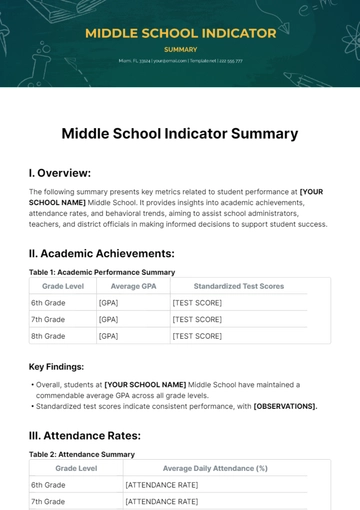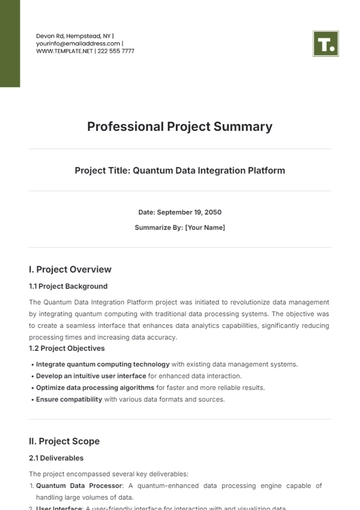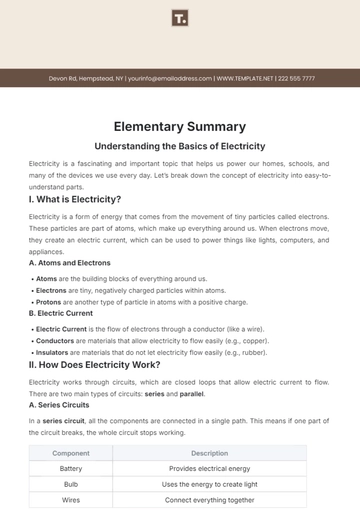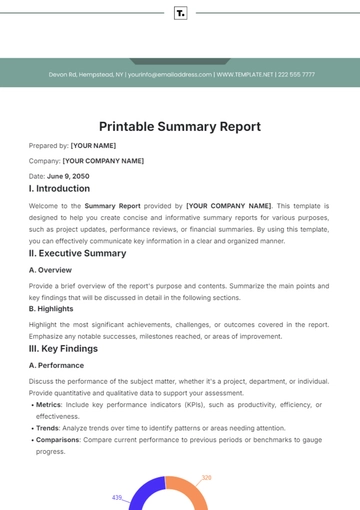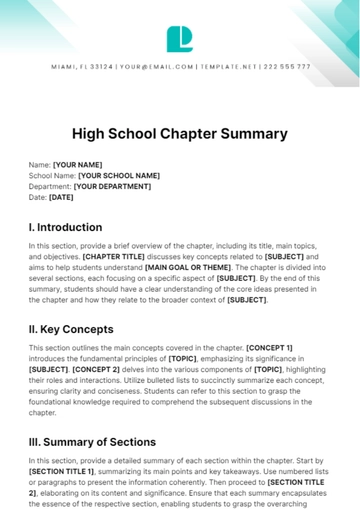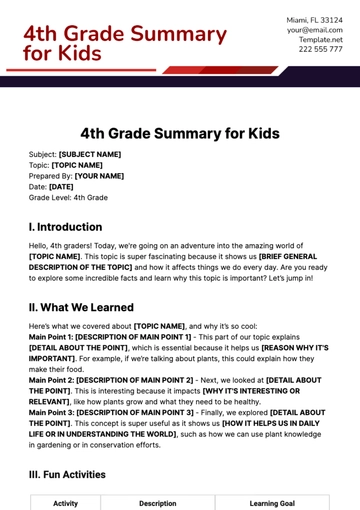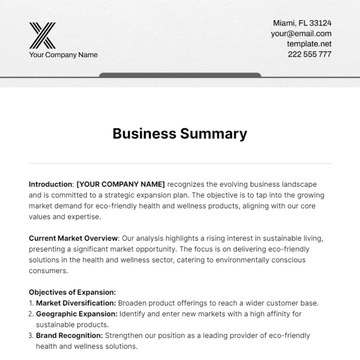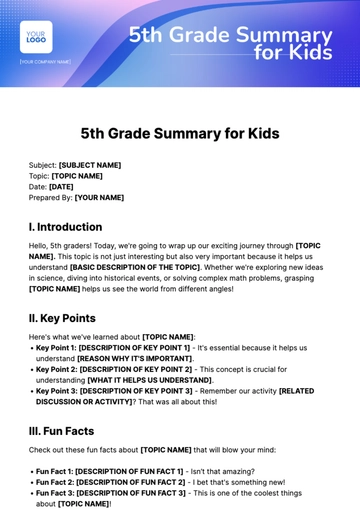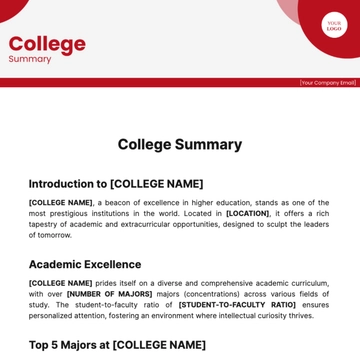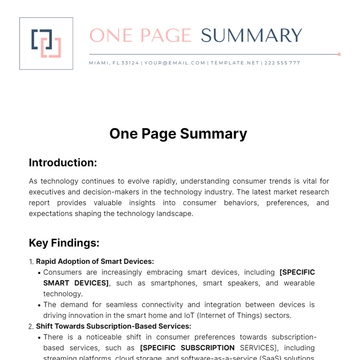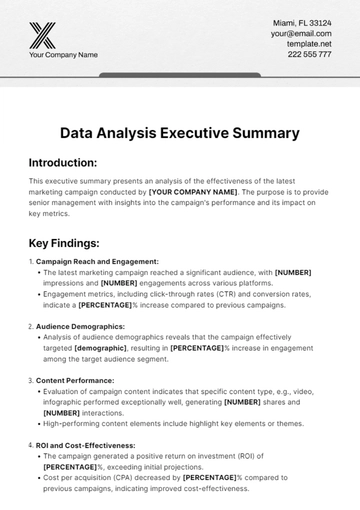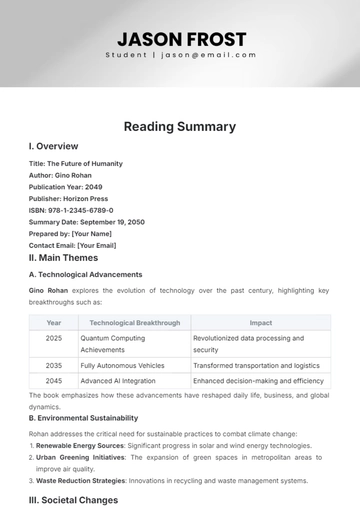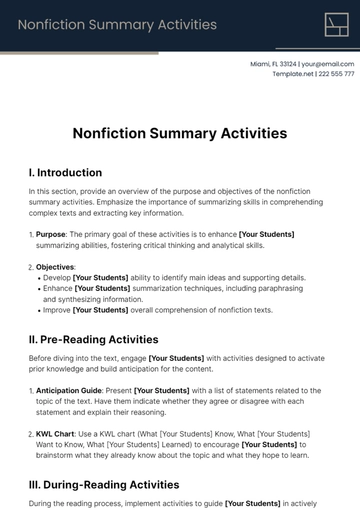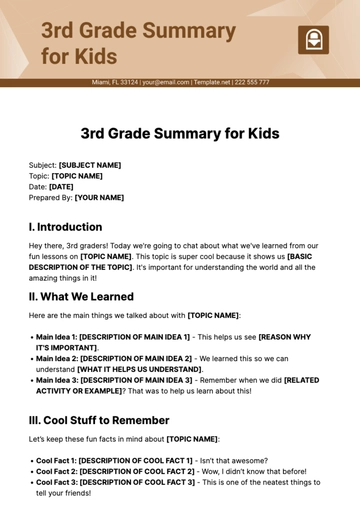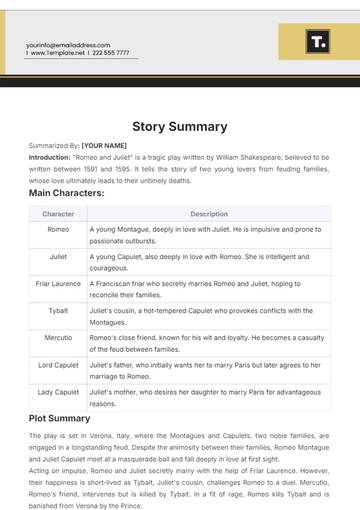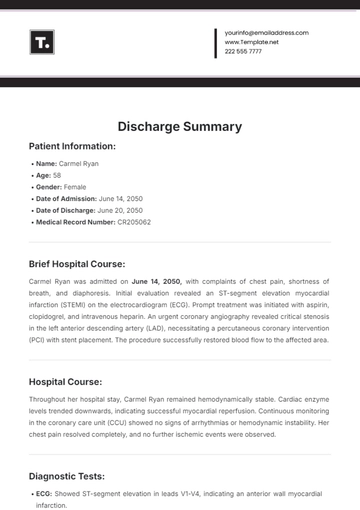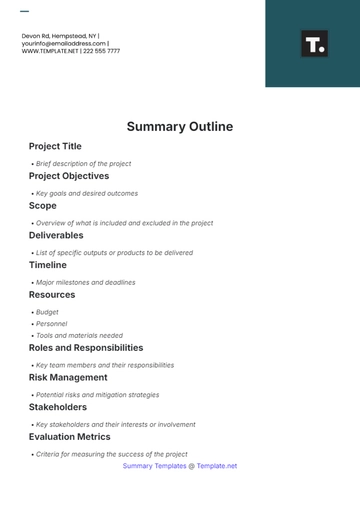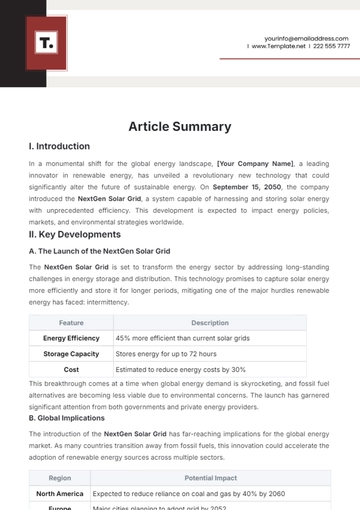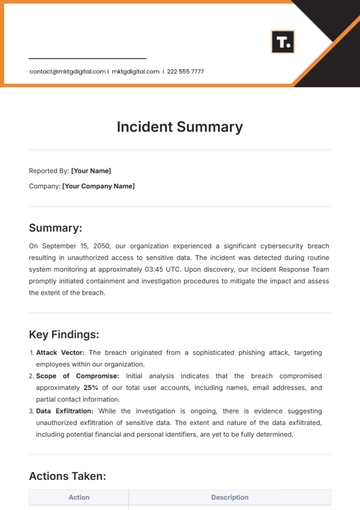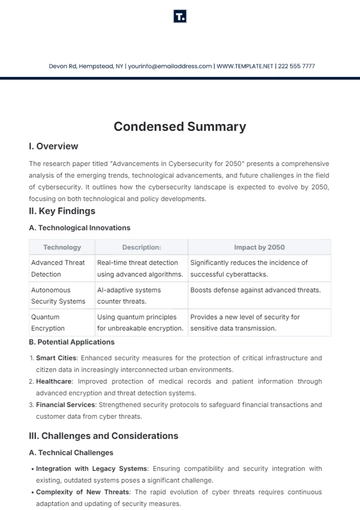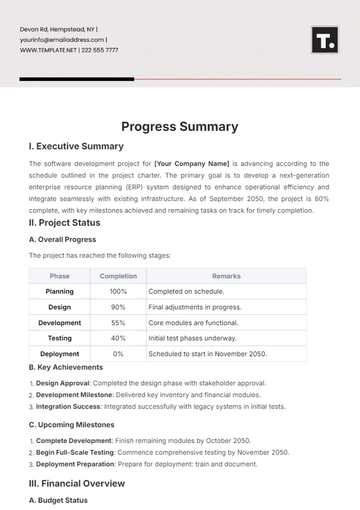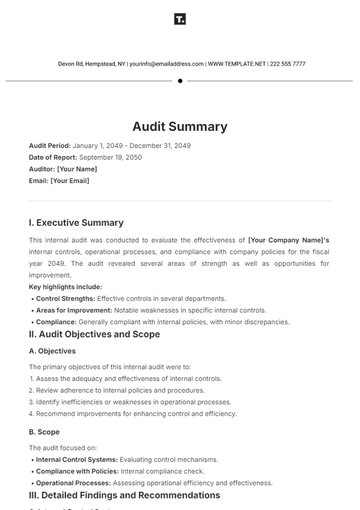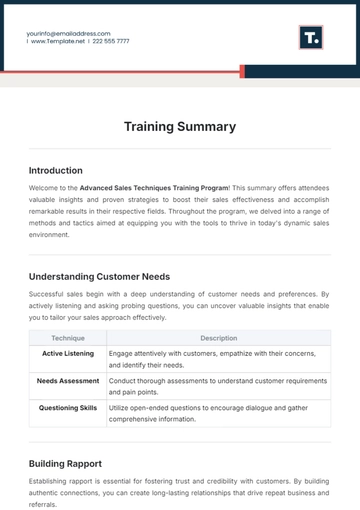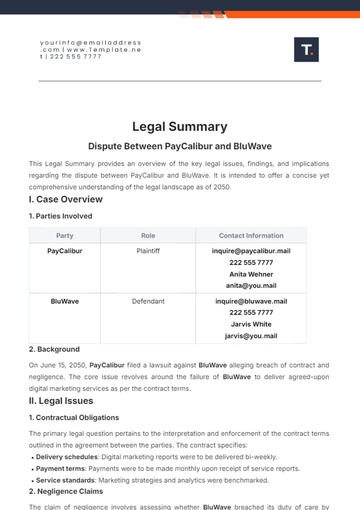Free Case Study Executive Summary

[YOUR COMPANY LOGO]
Prepared by: [YOUR NAME]
[YOUR POSITION]
[YOUR COMPANY NAME]
Date: [DATE]
Introduction:
The following executive summary presents key findings from a case study examining the impact of integrating renewable energy solutions into a manufacturing plant. The study aimed to assess the feasibility, benefits, and challenges associated with transitioning to renewable energy sources in the context of sustainable business practices and environmental responsibility.
Background:
The manufacturing sector is a significant contributor to greenhouse gas emissions and environmental degradation. Recognizing the need for sustainable operations, [YOUR COMPANY NAME] embarked on a journey to explore renewable energy alternatives to mitigate its environmental footprint while enhancing operational efficiency.
Case Study Methodology:
The case study employed a mixed-method approach, combining qualitative interviews with key stakeholders and quantitative analysis of energy consumption data. The research focused on [YOUR COMPANY NAME]'s manufacturing plant located in [YOUR LOCATION], evaluating the implementation of solar panels and wind turbines as renewable energy solutions.
Key Findings:
Environmental Impact:
The integration of renewable energy solutions resulted in a significant reduction in carbon emissions, aligning with [YOUR COMPANY NAME]'s sustainability goals.
Solar panels and wind turbines contributed to the plant's energy independence, reducing reliance on fossil fuels and mitigating environmental risks associated with traditional energy sources.
Operational Efficiency:
Renewable energy technologies enhanced the manufacturing plant's energy efficiency, leading to cost savings and improved resource utilization.
Real-time monitoring and data analytics facilitated better decision-making, optimizing energy consumption and production processes.
Financial Benefits:
Despite initial investment costs, the long-term financial benefits of renewable energy adoption outweighed the expenses, resulting in favorable return on investment (ROI).
Government incentives and renewable energy tax credits further incentivized [Your Company Name]'s transition to clean energy, enhancing financial viability.
Challenges and Recommendations:
Initial Investment: The upfront costs associated with implementing renewable energy solutions posed a barrier to adoption for some organizations. To address this challenge, [Your Company Name] recommends exploring financing options and leveraging partnerships with renewable energy providers.
Technological Integration: Integrating renewable energy technologies into existing infrastructure requires careful planning and technical expertise. [Your Company Name] suggests collaborating with renewable energy experts and investing in employee training to ensure seamless integration and optimal performance.
Regulatory Environment: Regulatory frameworks and policies governing renewable energy vary by region and may impact implementation strategies. [YOUR COMPANY NAME] advocates for proactive engagement with regulatory authorities and advocacy for supportive policies to facilitate renewable energy adoption.
Conclusion:
The case study highlights the transformative potential of renewable energy solutions in the manufacturing sector, demonstrating tangible benefits in terms of environmental stewardship, operational efficiency, and financial sustainability. [Your Company Name]'s experience serves as a compelling example of how businesses can drive positive change by embracing renewable energy technologies.
- 100% Customizable, free editor
- Access 1 Million+ Templates, photo’s & graphics
- Download or share as a template
- Click and replace photos, graphics, text, backgrounds
- Resize, crop, AI write & more
- Access advanced editor
Presenting our Case Study Executive Summary Template, a powerful tool for professionals aiming to encapsulate the essence of their case studies concisely. Available on Template.net, this editable and customizable template ensures clarity and impact. Crafted to streamline your summary-writing process, it's editable in our Ai Editor Tool, allowing you to tailor it precisely to your case study's unique narrative. Simplify your summarization process and captivate your audience with our comprehensive template. Elevate your case studies with Template.net.
